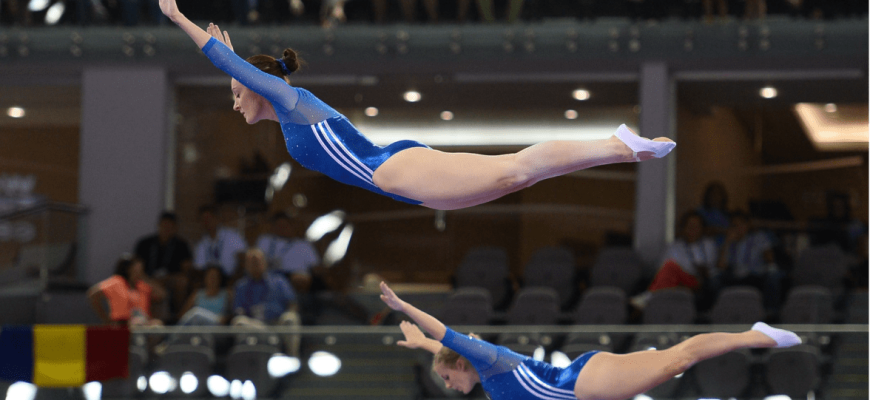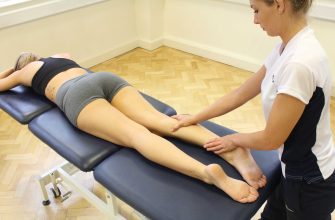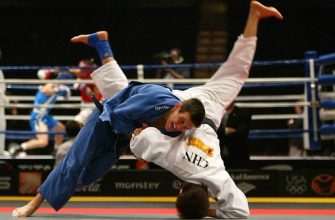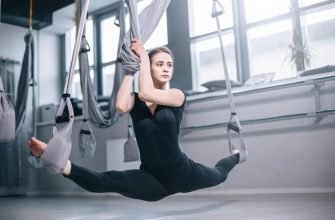1. History of Trampolining
Trampolining as an activity originated in the 20th century, though its prototypes existed earlier.
- 1930s: American gymnast George Nissen invented the modern trampoline, inspired by safety nets used by circus performers.
- 1964: Trampolining became an official sport—the first world championships were held.
- 2000: Trampolining was included in the Olympic Games (Sydney).
- Today: Trampolines are used not only in sports but also in fitness, rehabilitation, and even astronaut training.
2. Types of Trampolines
| Type | Features |
|---|---|
| Competition Trampolines | High stiffness, rectangular shape. For professional training and competitions. |
| Recreational Trampolines | Round or oval, with safety nets. For home use and entertainment. |
| Mini Trampolines | Compact, for fitness (e.g., rebounding). Improves balance and cardio. |
| Trampoline Parks | Large zones with trampolines, foam pits, and obstacles. For active recreation. |
3. Pros and Cons of Trampolining
Pros:
- Muscle strengthening: Works legs, core, back, and arms.
- Cardio workout: 10 minutes of jumping ≈ 30 minutes of running.
- Improves coordination and balance.
- Joint-friendly: Soft landings reduce impact stress.
- Stress relief: Endorphin release and a sense of flying.
Cons:
- Injury risk: Sprains, fractures if technique is incorrect.
- Contraindications: Pregnancy, spinal issues, hypertension.
- Requires space: Needs a safe area and safety net.
4. Recommended Training Program
- For beginners:
- Warm-up (5–10 min): Light jumps, stretching.
- Basic jumps: Feet together/apart, back landing with tuck position.
- Sets of 2–3 minutes with breaks.
- For advanced:
- Twists (180°–360°), flips (only under supervision!).
- Balance exercises: One-legged jumps, pose holds.
- Tip: Start at a trampoline park or with a coach to learn proper technique.
5. Scientific Facts
Research confirms:
- Bone strengthening: Regular jumping increases bone density (key for osteoporosis prevention).
- Lymphatic drainage: Boosts lymph circulation, reduces swelling.
- Brain benefits: Coordination and rapid position changes stimulate neuroplasticity.
- Calorie burn: Up to 800 kcal/hour with intense workouts.
6. Fun Facts
Space training: NASA uses trampolines for astronaut vestibular system training.
Olympic champions: Notable athletes include Russian Dmitry Ushakov and Chinese He Wenna.
Circus roots: Many trampoline tricks are borrowed from acrobatics and aerial gymnastics.
7. Safety First!
- Always check trampoline stability and remove nearby sharp objects.
- Children should only jump under adult supervision.
- Avoid complex tricks without proper training.
Final Thoughts
Trampolining is not just fun—it’s a full-fledged sport and fitness activity. Suitable for all ages, it boosts energy and improves physical health. Just remember to prioritize safety and enjoy the bounce!
Happy jumping!







